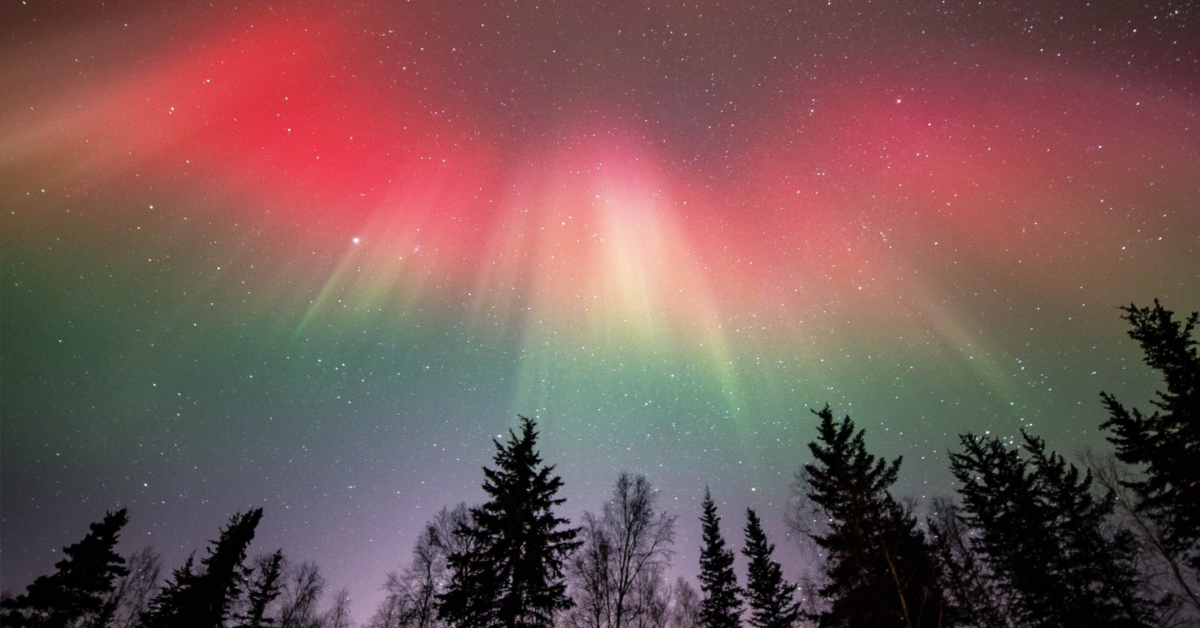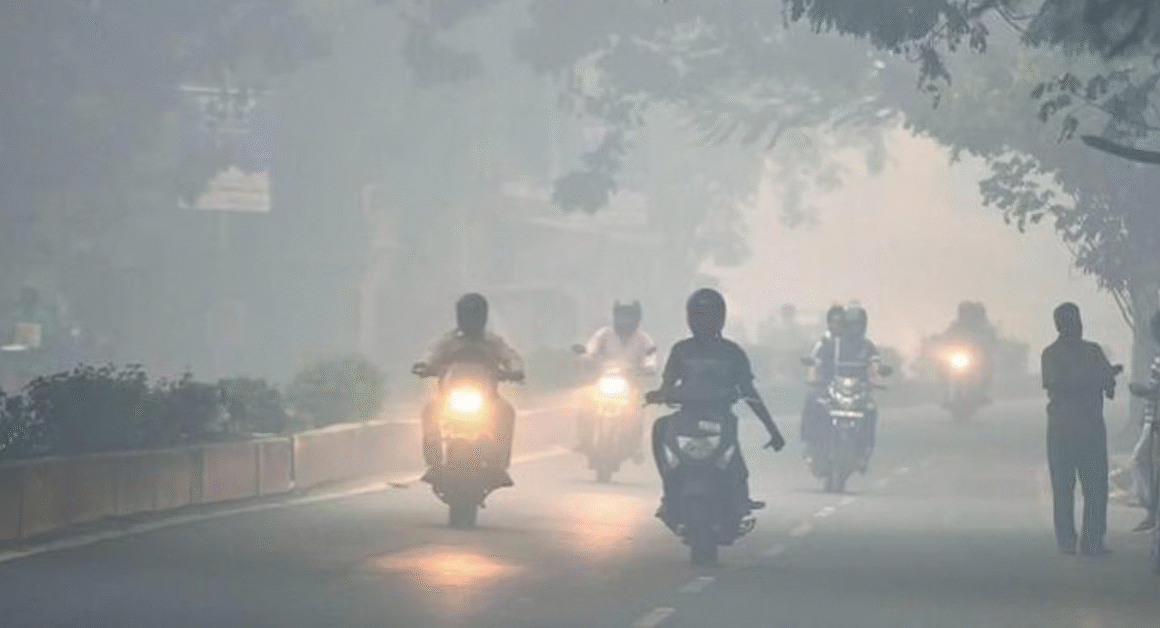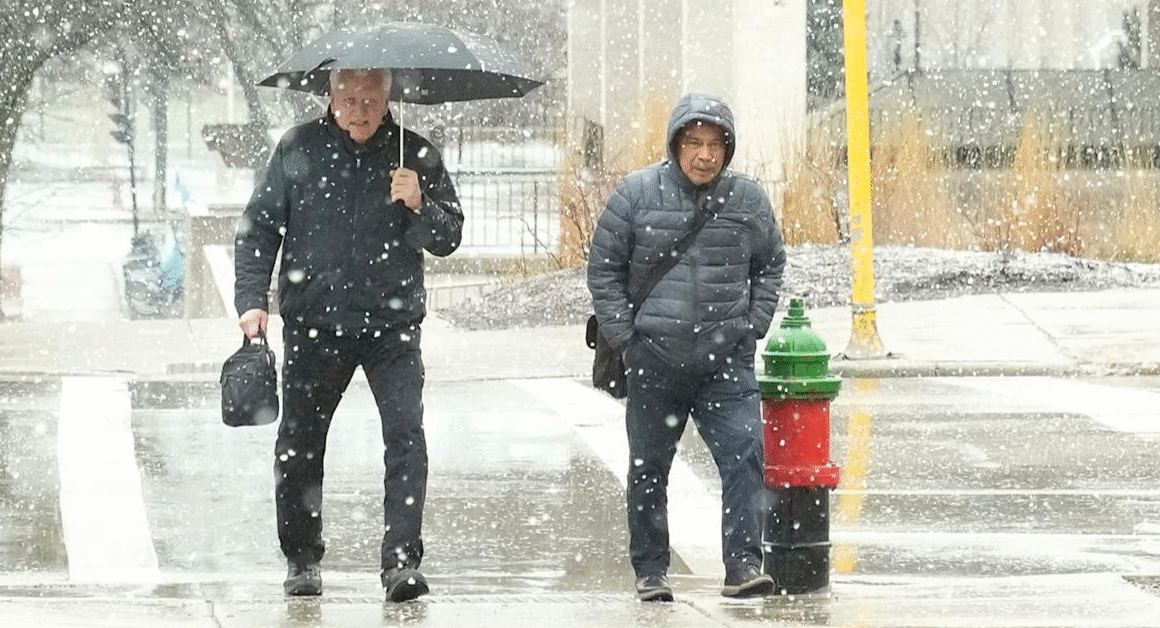Central Pennsylvania – The National Weather Service (NWS) has issued a Geomagnetic Storm Watch for Monday and Tuesday, bringing an exciting possibility for residents to witness the northern lights, or aurora borealis, lighting up the skies across central Pennsylvania Monday night. This rare celestial event is generating curiosity and anticipation among skywatchers and astronomy enthusiasts throughout the region.
The geomagnetic storm is triggered by a coronal mass ejection (CME), a powerful burst of solar material and magnetic fields emitted from the sun. When such solar activity collides with Earth’s magnetosphere, it can spark geomagnetic disturbances that sometimes extend beyond the usual polar regions, offering a spectacular light display visible from latitudes like Pennsylvania.
A Closer Look at the Geomagnetic Storm Alert
The NWS forecasts that the CME will reach Earth by Monday evening into Tuesday, potentially inducing a strong geomagnetic response. The intensity and visibility of the auroras will largely depend on the orientation of the embedded magnetic field within the solar burst.
Key points about this event include:
- The storm watch spans Monday and Tuesday, with peak aurora visibility expected Monday night.
- The source of the geomagnetic disturbance is a solar coronal mass ejection sending charged particles toward Earth.
- Cloud cover is predicted to be minimal across much of central Pennsylvania, enhancing viewing opportunities.
- This event could make the aurora visible at unusually low latitudes.
What This Means for Aurora Borealis Viewers
The NWS State College office highlights that the forecast conditions are favorable, with no significant cloud obstruction expected to block the northern lights display. For those hoping to glimpse aurora borealis, monitoring local weather conditions and finding areas with minimal light pollution will increase your chances of witnessing the phenomenon.
“This geomagnetic storm watch represents a great opportunity for central Pennsylvania residents to experience the northern lights, which are not often visible this far south,” said a National Weather Service meteorologist. “Clear skies are expected, making the chances of sighting the aurora quite promising.”
The Science Behind the Spectacle
Coronal mass ejections are massive bursts of solar wind and magnetic fields rising above the solar corona or being released into space. When these high-energy particles impact Earth’s magnetic field, they energize particles in the upper atmosphere, causing the vibrant light shows known as auroras.
This CME event stands out because:
- It has the potential to create a strong geomagnetic response depending on magnetic orientation.
- It may cause aurora visibility tens of degrees lower in latitude than usual.
More details about this geomagnetic storm watch and its implications can be found in the NWS report provided by PSU Collegian.
Prepare to Witness a Rare Celestial Event
If you’re planning to catch the northern lights, consider these tips:
- Find a location away from city lights to improve visibility.
- Check the local weather forecast to confirm clear skies.
- Dress warmly, as viewing conditions will likely be cold overnight.
- Set up a comfortable space to observe the night sky for extended periods.
Whether you’re an avid astronomer or just curious, this geomagnetic storm watch offers a fascinating chance to see one of nature’s most beautiful phenomena right above central Pennsylvania.













